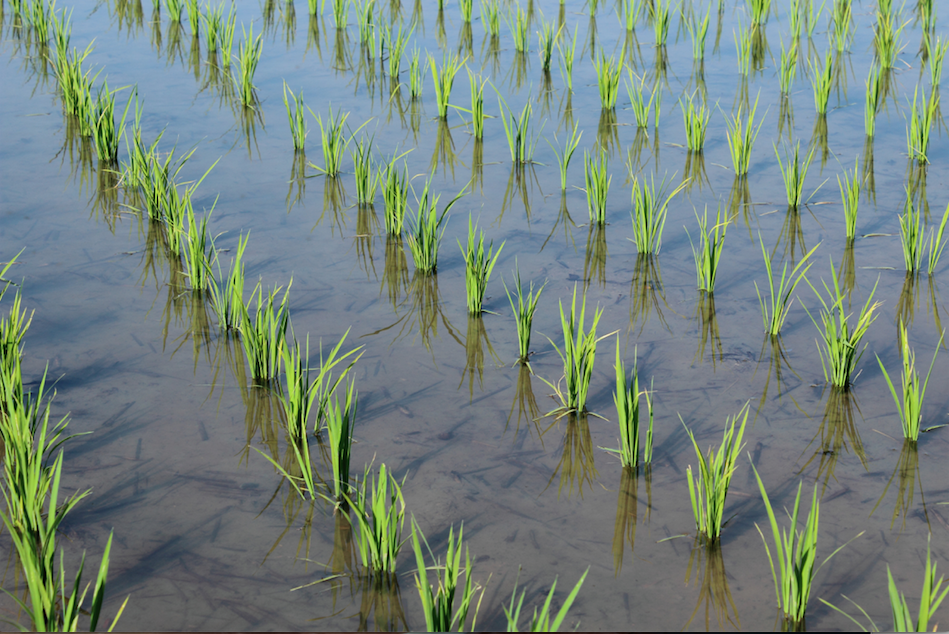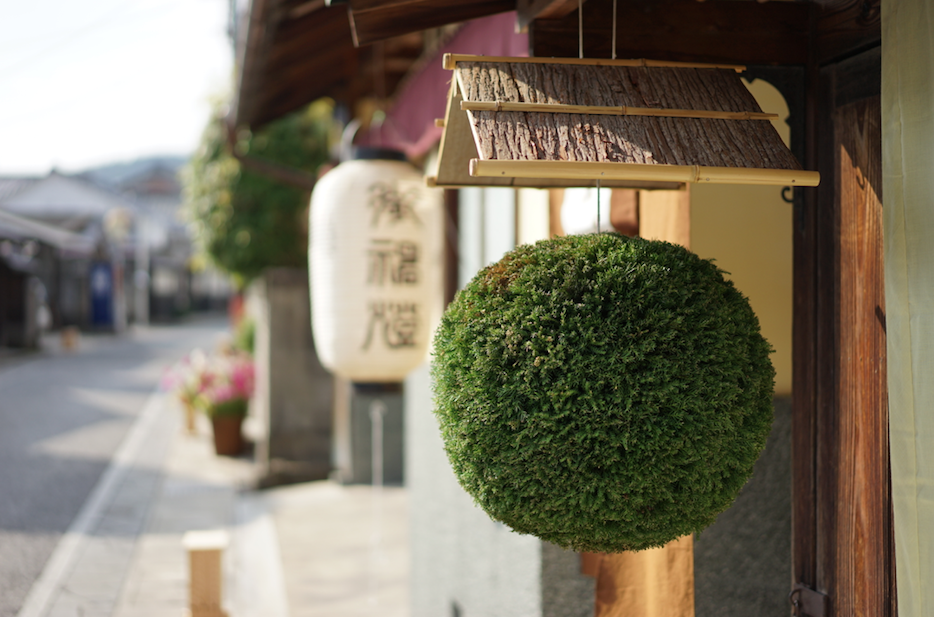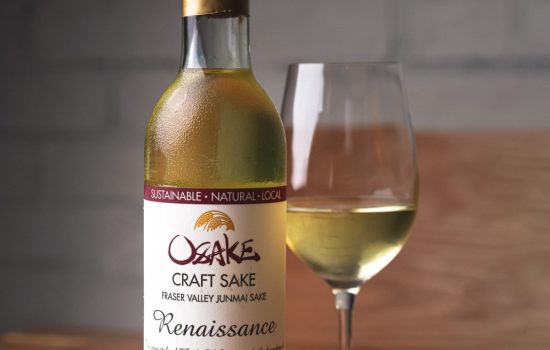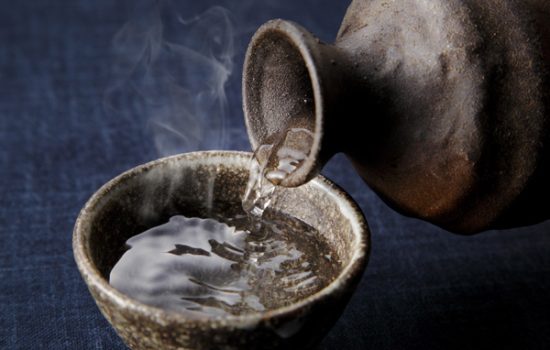Sake has played a central role in the life and culture of the Japanese people for about two thousand years, during which time the knowledge and skills required for sake production have spread to every region of the country. Today, some 2,000 sake wineries of all sizes are engaged in the production of Sake. Together, they produce more than 10,000 brands of Japan’s national beverage.
The ingredients of sake are made primarily from highly polished Sakamai rice and water interacting with Koji Sakamai rice has larger, softer grains than ordinary table rice. It’s also more expensive since it grows only in certain areas and requires more complex cultivation techniques. The water quality is extremely important. Semi-hard water is most suitable due to its lower iron and manganese content. Since Japan has a large amount of precipitation and ample high-quality groundwater, excellent sake can be produced in nearly every region.
The manufacturing process of sake is complex because the rice does not begin to ferment with the addition of yeast alone. First, beneficial microbes called KOJI break down the rice starch into glucose. Next sake yeast is added. A sake-master known as a TOJI, who lives at the work site, manages not only this complex sake-making process but also the activities of his staff. Maintaining a good team spirit is essential to sake making.
How to Serve?
Sake can be served hot, warm, at room temperature, or chilled, depending on the season, cuisine or type of sake. There are different types of sake-serving utensils. Chilled sake may be served in a wine glass, and warm and hot sake in a small ceramic cup.
Sake can be mixed with fruit juices or liqueurs to make delightful cocktails. An ideal beverage to accompany Japanese, Asian fusion, and West Coast cuisine, Sake enhances the taste of ingredients and softens meat and seafood smells when used in preparing and seasoning Japanese or Western dishes. Try it with various kinds of food. You are in for a treat.



